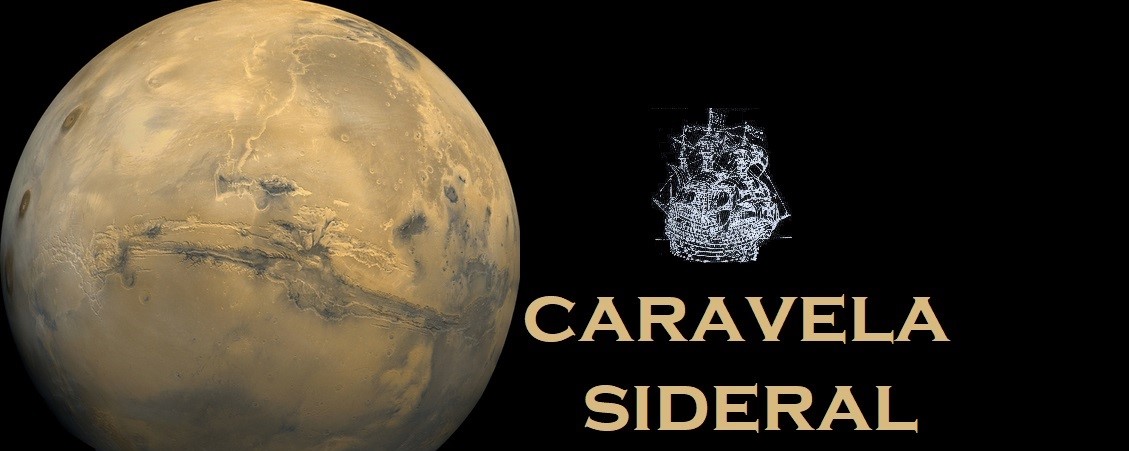TRAPPIST-1 is a very cold dwarf star, which is 40 light years from Earth.
It has seven planets, all of them rocky and apparently with lots of water.
A study by the University of Bern created a computer model of the TRAPPIST-1 system based on the latest data collected by the new ESO observatory in Paranal, the SPECULOOS, Search for Habitable ECLipsing ULtra-COOl Stars and Spitzer and Kepler space telescopes from NASA.
The scientists concluded that the planets are essentially rocky and some of them may have up to 5 percent of their mass consisting of water, which represents fantastic amounts of the precious liquid, about 250 times the volume of the Earth's oceans.
The inner planets TRAPPIST-1b and c (closest to the star) must have thick, denser atmospheres similar to Venus, TRAPPIST-1d is much lighter than Earth, and scientists have not been able to figure out what kind of coating it has.
The most interesting is the TRAPPIST-1e, which due to its density, size and location relative to the star is the most similar to Earth.
The remaining planets, TRAPPIST-1f g and h, are in the outer orbits, further away from the weak heat of her sun and should be rocky and covered with ice.
TRAPPIST-1 é uma estrela anã muito fria, que fica a 40 anos luz da Terra.
Tem sete planetas, todos eles rochosos e ao que parece, com muita água.
Um estudo da Universidade de Berna, criou um modelo informático do sistema TRAPPIST-1 com base nos últimos dados recolhidos pelo novo observatório do ESO no Paranal, o SPECULOOS, Search for habitable Planets EClipsing ULtra-cOOl Stars e pelos telescópios espaciais Spitzer e Kepler da Nasa.
Os cientistas concluíram que os planetas são essencialmente rochosos e que alguns deles poderão ter até 5 por cento da sua massa constituída por água, o que representa quantidades fantásticas do precioso líquido, cerca de 250 vezes o volume dos oceanos terrestres.
Os planetas interiores TRAPPIST-1b e c (os mais próximos da estrela) devem ter atmosferas densas e espessas à semelhança de Vénus, o TRAPPIST-1d é muito mais leve do que a Terra e os cientistas não conseguiram perceber que tipo de revestimento tem.
O mais interessante é o TRAPPIST-1e, que devido à sua densidade, tamanho e localização em relação à estrela é o mais parecido com a Terra.
Os restantes planetas, TRAPPIST-1f g e h, ficam nas órbitas exteriores, mais afastados do pouco calor do seu sol e deverão ser rochosos e cobertos de gelo.
 |
Diagram comparing the seven planets of TRAPPIST-1, with the four inner planets of the solar system.
Diagrama que compara os sete planetas de TRAPPIST-1, com os quatro planetas interiores do sistema solar.
Imagem ESO |


















